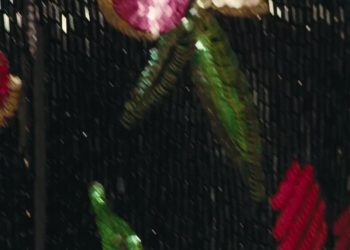When Balmain announced on Wednesday that it was parting ways with Olivier Rousteing, the designer responsible for its particular power glam aesthetic of the last 14 years, it was not exactly a surprise.
Mr. Rousteing’s departure, after all, was merely the latest in a string of more than 20 — 20! — designer turnovers that have taken place in the last year and a half. Most of the peers who were working when he took the helm of Balmain in 2011 are now gone, or at least in new gigs. And last year, Balmain named a new chief executive, which often heralds further change.
But Mr. Rousteing was almost sui generis in fashion. When he got the top job at Balmain at 25, he was the youngest designer ever to take over a French heritage house. For years he was the only Black designer in that position.
His leaving Balmain, and perhaps the industry — he has not said what he is doing next, and Balmain has not yet named his successor — may reflect a shift in the culture that goes deeper than mere economic trends. One that it is worth pausing a moment to consider because the implications are greater than simply creative change at a brand.
More than any other designer, Mr. Rousteing was associated with three era-defining elements: the Kardashians, Instagram and inclusivity. He understood their potential and importance long before almost anyone else in fashion, and embraced them at a time when most of the industry turned up its nose. That, rather than any one look or style — which, in my sometimes harsh opinion, was often too tight, too trussed, too too — was what set him apart.
The post Is Fashion Done With Inclusivity, Instagram and Kardashians? appeared first on New York Times.




